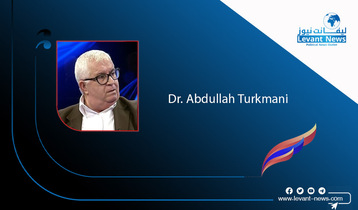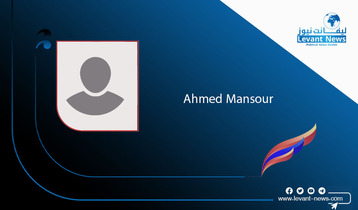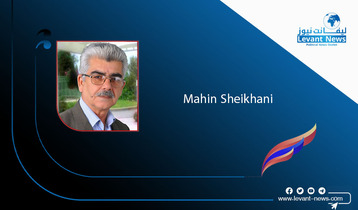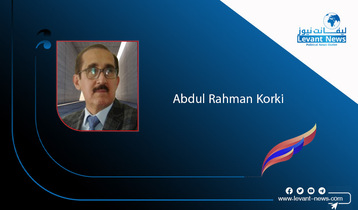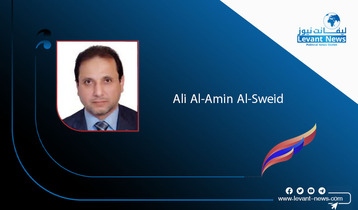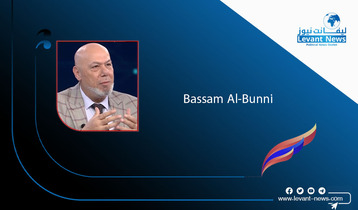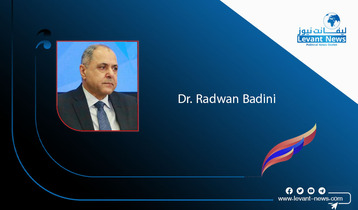-
The Daraa Harbinger
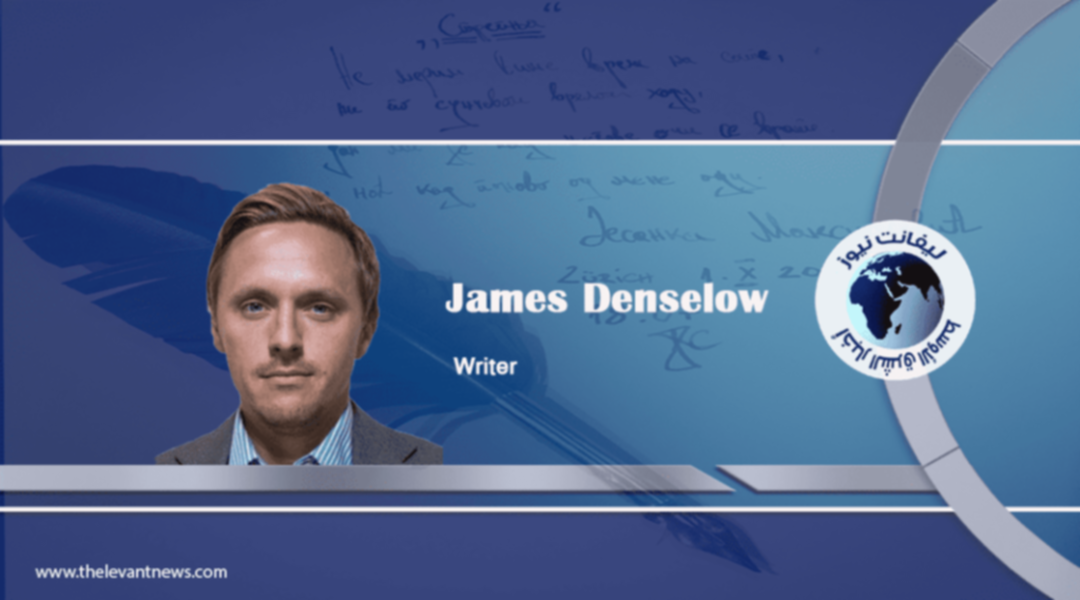
Nowhere is this more evident at present than in the province of Daraa. This is the part of the country that claims credit for the original uprisings against the Regime a long and bloody decade ago. The return of Damascus to the area was symbolic of the entrenchment of Assad in power, but it wasn’t a clear cut victory in any conventional understanding of the term.
Back in 2018 Russian military police entered rebel-held areas in Daraa and began negotiations for the handover to regime rule. The equation of Russian AirPower and indiscriminate Regime attacks was combined with the promise of some degree of autonomy and recognition if the rebels bended the knee to Damascus. Heavy weapons were handed over but so were amnesties, the license to leave to other parts of the country or become a part of new security forces responsible for the province.
The Russians clearly believed that rather than grinding down the opposition, diplomacy backed by violence was a far better options. ‘Deescalation Zones’ allowed the Regime and its allies to back to narrative of an inevitable return of their control across the country.
Yet fast forward three years and Daraa is again engulfed in artillery fire and the screeches of military jets as the uneasy balance of the 2018 ‘deal’ got out of control. Some 50,000 people are on the move forced from their homes, according to a ‘Reconciliation Committee’ that is some 80% of the population. The return of heavy fighting has also been accompanied by the ubiquitous use of siege tactics.
Humanitarian agencies warn that some 10,000 families are under siege with little to no access to food, medical care, medicine, or basic human needs. The city of Daraa has been under siege since June 24, 2021. They say the humanitarian situation is “deteriorating rapidly”. U.N. High Commissioner for Human Rights Michelle Bachelet said the fighting is in and around Daraa, with the only route out strictly controlled by the Syrian regime; "The stark picture emerging from Daraa al-Balad and other neighborhoods underscores how much at-risk civilians there are, repeatedly exposed to fighting and violence, and in effect under siege," said Bachelet.
The current violence in Daraa is linked to protests that emerged in the shadow of the most recent theatre around ‘elections’ for the Syrian Presidency. What happened next is an important harbinger of Syria’s future ahead. Of countries that go through a civil war, some 50% will relapse into conflict in future. In Daraa protests against elections led to the ubiquitous violent clampdown that in turn fuelled an increasing cycle of violence.
Just as the symbolism of the 2018 restoration of nominal Regime control over Daraa spoke to a narrative of Assad entrenchment, the events of today remind everyone how shallow that control really is. Some articles have speculated ‘is this the beginning of the end for Assad?’, but whilst such thinking is somewhat premature, the significance of a sustained unwinding of Assad’s ‘reconciliation’ strategy has serious portents for the future of the country.
The presence of strategic Iranian and Russian forces in the Daraa arena further complicates the dynamics of control. Disconnects between Iranian attempts to strengthen local allies versus Russian attempts to deescalate events may force tensions upstream to Tehran and Moscow, highlighting in the process the impotence of Damascus in events in their own backyard. This may in turn trigger the Regime to overextend its own hand to reassert power and attempt to fully control the area, destroying the foundations of the 2018 settlement and potentially opening up events to an extended period of fighting.
What is more the last three years in Daraa have highlighted the illusions of any talk of reconstruction and what buildings may have been repaired are now at threat of the latest bout of high explosives being liberally distributed in the province. In the long story of the Syrian conflict Daraa has long proven a central chapter and the descent back into violence is a harbinger of the country’s near future to come.
by: James Denselow
 James Denselow
James DenselowYou May Also Like
Popular Posts
Caricature
BENEFIT AGM approves 10%...
- March 27, 2025
BENEFIT, the Kingdom’s innovator and leading company in Fintech and electronic financial transactions service, held its Annual General Meeting (AGM) at the company’s headquarters in the Seef District.
During the meeting, shareholders approved all items listed on the agenda, including the ratification of the minutes of the previous AGM held on 26 March 2024. The session reviewed and approved the Board’s Annual Report on the company’s activities and financial performance for the fiscal year ended 31 December 2024, and the shareholders expressed their satisfaction with the company’s operational and financial results during the reporting period.
The meeting also reviewed the Independent External Auditor’s Report on the company’s consolidated financial statements for the year ended 31 December 2024. Subsequently, the shareholders approved the audited financial statements for the fiscal year. Based on the Board’s recommendation, the shareholders approved the distribution of a cash dividend equivalent to 10% of the paid-up share capital.
Furthermore, the shareholders endorsed the allocation of a total amount of BD 172,500 as remuneration to the members of the Board for the year ended 31 December 2024, subject to prior clearance by related authorities.
The extension of the current composition of the Board was approved, which includes ten members and one CBB observer, for a further six-month term, expiring in September 2025, pending no objection from the CBB.
The meeting reviewed and approved the Corporate Governance Report for 2024, which affirmed the company’s full compliance with the corporate governance directives issued by the CBB and other applicable regulatory frameworks. The AGM absolved the Board Members of liability for any of their actions during the year ending on 31st December 2024, in accordance with the Commercial Companies Law.
In alignment with regulatory requirements, the session approved the reappointment of Ernst & Young (EY) as the company’s External Auditors for the fiscal year 2025, covering both the parent company and its subsidiaries—Sinnad and Bahrain FinTech Bay. The Board was authorised to determine the external auditors’ professional fees, subject to approval from the CBB, and the meeting concluded with a discussion of any additional issues as per Article (207) of the Commercial Companies Law.
Speaking on the company’s performance, Mr. Mohamed Al Bastaki, Chairman BENEFIT , stated: “In terms of the financial results for 2024, I am pleased to say that the year gone by has also been proved to be a success in delivering tangible results. Growth rate for 2024 was 19 per cent. Revenue for the year was BD 17 M (US$ 45.3 Million) and net profit was 2 Million ($ 5.3 Million).
Mr. Al Bastaki also announced that the Board had formally adopted a new three-year strategic roadmap to commence in 2025. The strategy encompasses a phased international expansion, optimisation of internal operations, enhanced revenue diversification, long-term sustainability initiatives, and the advancement of innovation and digital transformation initiatives across all service lines.
“I extend my sincere appreciation to the CBB for its continued support of BENEFIT and its pivotal role in fostering a stable and progressive regulatory environment for the Kingdom’s banking and financial sector—an environment that has significantly reinforced Bahrain’s standing as a leading financial hub in the region,” said Mr. Al Bastaki. “I would also like to thank our partner banks and valued customers for their trust, and our shareholders for their ongoing encouragement. The achievements of 2024 set a strong precedent, and I am confident they will serve as a foundation for yet another successful and impactful year ahead.”
Chief Executive of BENEFIT; Mr. Abdulwahed AlJanahi commented, “The year 2024 represented another pivotal chapter in BENEFIT ’s evolution. We achieved substantial progress in advancing our digital strategy across multiple sectors, while reinforcing our long-term commitment to the development of Bahrain’s financial services and payments landscape. Throughout the year, we remained firmly aligned with our objective of delivering measurable value to our shareholders, strategic partners, and customers. At the same time, we continued to play an active role in enabling Bahrain’s digital economy by introducing innovative solutions and service enhancements that directly address market needs and future opportunities.”
Mr. AlJanahi affirmed that BENEFIT has successfully developed a robust and well-integrated payment network that connects individuals and businesses across Bahrain, accelerating the adoption of emerging technologies in the banking and financial services sector and reinforcing Bahrain’s position as a growing fintech hub, and added, “Our achievements of the past year reflect a long-term vision to establish a resilient electronic payment infrastructure that supports the Kingdom’s digital economy. Key developments in 2024 included the implementation of central authentication for open banking via BENEFIT Pay”
Mr. AlJanahi concluded by thanking the Board for its strategic direction, the company’s staff for their continued dedication, and the Central Bank of Bahrain, member banks, and shareholders for their valuable partnership and confidence in the company’s long-term vision.
opinion
Report
ads
Newsletter
Subscribe to our mailing list to get the new updates!

